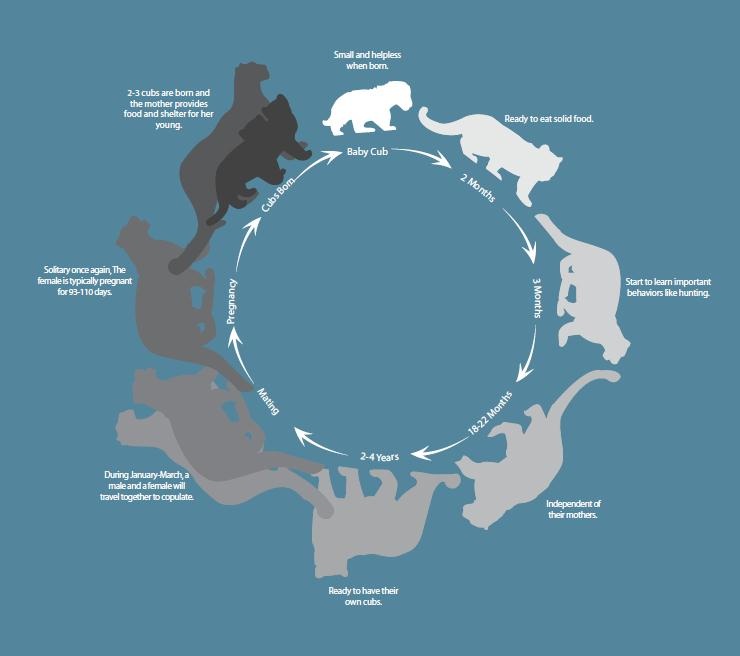Leopard
Leopard
Leopards, an interesting yet exciting animals. They are a part of the roaring cat family called the Phanteras. Leopards are often mistook as jaguars, the difference between them is sometimes incomparable to the human sight. Jaguars have bigger muscles, broader heads, and also jaws. This means that the difference between them is only seen in terms of size. But none than less leopards are an amazing creature they are masters in stealth with their spotted dots/rosettes and their ability to climb trees it seems that no one is going after this predator.
Leopard is of course a part of the animal kingdom with the class mammals, order carnivora, family felidae, genus panthera, and the species pardus. Leopard is commonly found in terrains and biomes full of rocky landscapes with dense bush and riverine forests, but they have also shown to be highly adaptable to many places in both warm and cold climates. So you will oftenly find them in places such as South Asia and also parts of Africa. Other than that they also have a life expectancy of around 21 years old. This might seem a bit young but at least it is longer than household cats. According to awf.org their mass s around 140 lbs which mean that they are around 63.5 kg that would weigh around two thirds the weight of a toilet.
The life cycle of this animal is actually pretty similar to other big cats. It starts when the cubs were born. Cubs are small and helpless when they are born, and do not open their eyes until they are about 7 days old. After that At 2 months old, cubs are ready to eat solid food. At around 3 months old, they begin following their mother and start learning important behavior like hunting. At 18-22 months old, cubs become independent of their mothers. Female leopards are ready to have their own cubs by age 2 or 3. Male leopards become sexually mature by age 4. This allows their community to expand in a fast and short term. However there is a slight problem today this big cat is actually being hunted and their number one predators are awfully humans, yes you heard me right their number one predators are again humans. That's why conservative actions has been taken by groups in areas where these animals live.Thanks to these awesome websites for providing me with the information that i needed to make this blog:
http://www.awf.org/wildlife-conservation/leopard
http://animals.sandiegozoo.org/animals/leopard
https://rbhsleopard.weebly.com/life-cycle.html
http://www.bluebulbprojects.com/MeasureOfThings/results.php?comp=weight&unit=lbs&amt=65&sort=pr&p=1
http://kids.nationalgeographic.com/animals/leopard/#leopard-closeup.jpg




Comments
Post a Comment